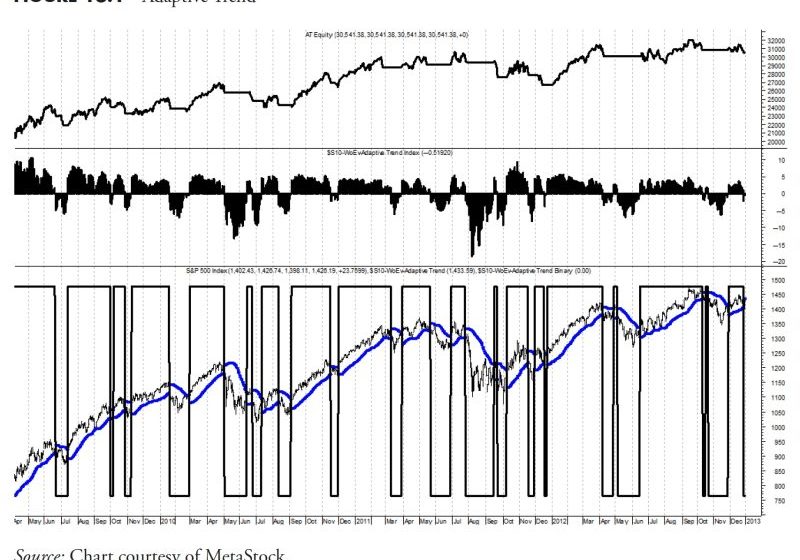
Mastering Trend-Following Strategies in Rules-Based Money Management – Part 8
In the world of finance and trading, one strategy that has gained significant attention and proven effectiveness is trend following. This approach involves identifying and following the direction of market trends to make investment decisions. By focusing on price movements and market momentum, trend followers aim to capitalize on the continuous price fluctuations in various financial markets.
Trend following is based on the assumption that markets tend to move in trends, either upward (bullish) or downward (bearish), and that these trends can persist over time. This strategy goes beyond predicting the exact future price of an asset and instead focuses on capturing the overall trend direction to generate profits.
To effectively implement trend following, traders often use technical analysis tools and indicators to identify and confirm trends. Moving averages, trend lines, and momentum indicators are commonly utilized to determine the trend’s strength and potential reversal points.
One key aspect of trend following is the concept of cutting losses short and letting profits run. This principle emphasizes the importance of setting predefined exit points to limit potential losses while allowing winning trades to accumulate profits over time. By adhering to strict risk management rules and maintaining discipline, trend followers can minimize downside risk and maximize upside potential.
Another crucial element of successful trend following is position sizing and portfolio diversification. By spreading investments across different asset classes and markets, traders can reduce the impact of individual trade losses and mitigate overall portfolio risk. Additionally, implementing a rules-based approach to money management ensures consistency and helps traders maintain a disciplined investment process.
In the dynamic and ever-changing financial markets, trend following can offer a systematic and objective way to navigate volatile conditions and capitalize on emerging trends. By focusing on market trends, risk management, and portfolio diversification, traders can enhance their investment strategies and potentially achieve long-term success in the financial markets.
In conclusion, trend following represents a robust and time-tested strategy that can help traders navigate the complexities of financial markets and capitalize on trend movements. By implementing key principles such as risk management, discipline, and diversification, traders can enhance their ability to identify and follow market trends effectively. Ultimately, trend following provides a systematic approach to trading that can offer investors a competitive edge in the ever-evolving world of finance.
